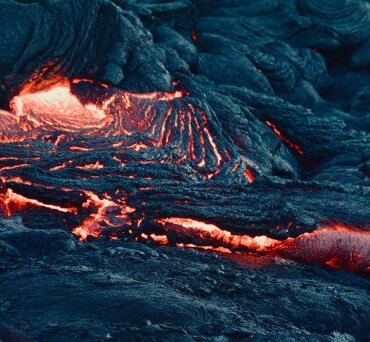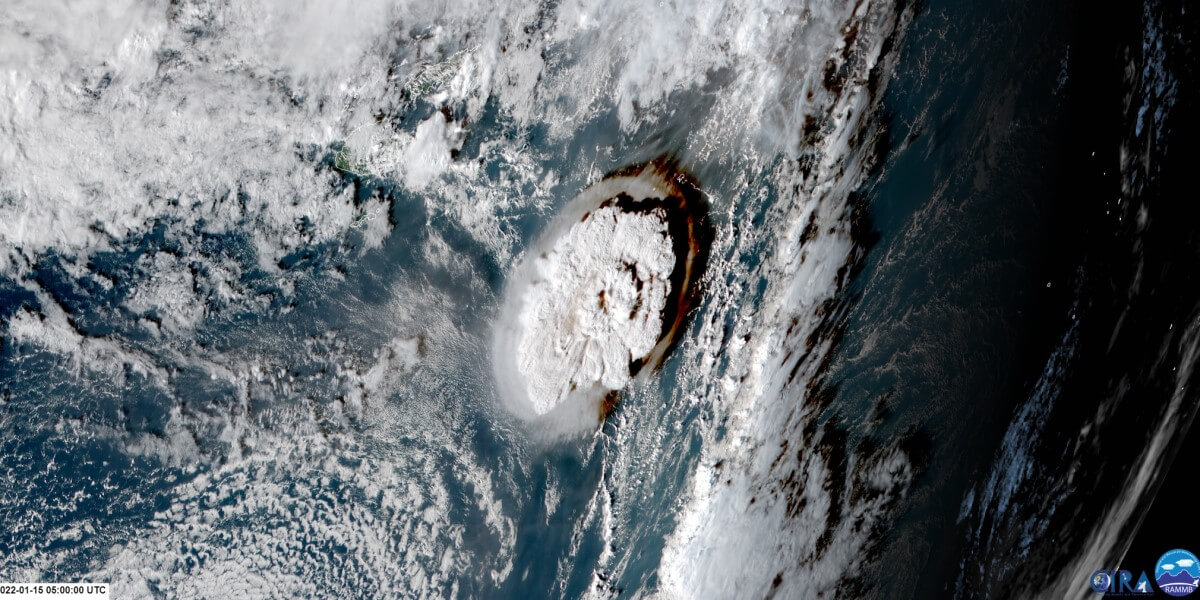
Volcano
Lately, headlines have been vying for clicks with dramatic claims. Again. Over the past few weeks, I’ve seen splashy predictions like “Mile-wide volcano ready to erupt…” or even better, “Major US volcano predicted to erupt tomorrow (posted six days ago, as I write this). Cue the collective eye-rolling.
As I’ve covered before, the size of a volcano — the edifice we see above ground — doesn’t mean much when it comes to what might happen next. That cone or mountain is simply the accumulation of volcanic material around one or more vents. They are essentially beautiful piles of lava flows, volcanic ash (which is pulverised rock), and fragmented lava that solidified into rock.
A volcano that’s been erupting for a long time may form a larger edifice, and if the location of vents shifts over time, this can spread the deposits over wider areas. But this doesn’t necessarily tell us anything about how big a future eruption will be.
The recent flurry of clickbait headlines is centred on Axial Seamount, located about 480 km off the coast of Oregon in the northeast Pacific Ocean. It sits roughly 1400 metres below the sea surface. As the most active volcano in the region, it’s not surprising that it’s rumbling again.
Axial last erupted in 1998, 2011, and 2015, all of which were effusive (lava-producing) eruptions, not of the explosive kind. If the extremely explosive 2022 Hunga Tonga–Hunga Ha’apai eruption comes to mind, remember that its vent was near the sea surface — a key reason for its different, more violent eruption style.
Any headlines hinting that it could be dangerous or “high-risk” are taking creative license or simply don’t understand the situation. The United States Geological Survey doesn’t even monitor Axial closely, because it poses no threat to human life — not even to aircraft, unlike many of the remote Alaskan volcanoes.
That said, it’s a fascinating volcano from a scientific perspective. Several research groups actively monitor Axial to learn more about how submarine eruptions unfold and what precursors they produce.
Axial Seamount is also one of the few submarine volcanoes with a long-term monitoring network in place, offering rare real-time data from the deep ocean. This makes it a natural laboratory for studying undersea volcanic processes and tectonic activity. How cool is that?
The signals detected at Axial include uplift of the seafloor — often, though not always, caused by magma rising — and increased seismicity, both of which have recently been observed. There is so much we don’t know about the deep ocean, this is a great opportunity to understand submarine volcanic processes.
Studying the range of volcanoes and eruption styles is essential to understanding volcanic activity worldwide. What we learn at one can often be applied to others elsewhere. Research at remote, unthreatening locations like Axial Seamount plays a role in improving our ability to forecast eruptions and provide timely warnings to communities.
Be cautious with headlines. Thankfully, there are excellent articles out there featuring volcanologists who actually monitor Axial and can explain what’s happening — and why it’s so interesting.










